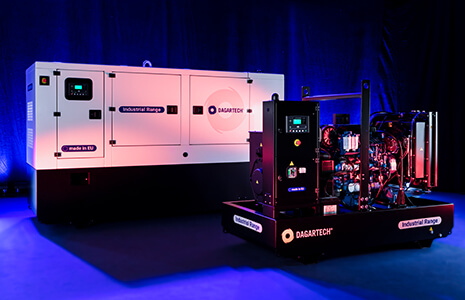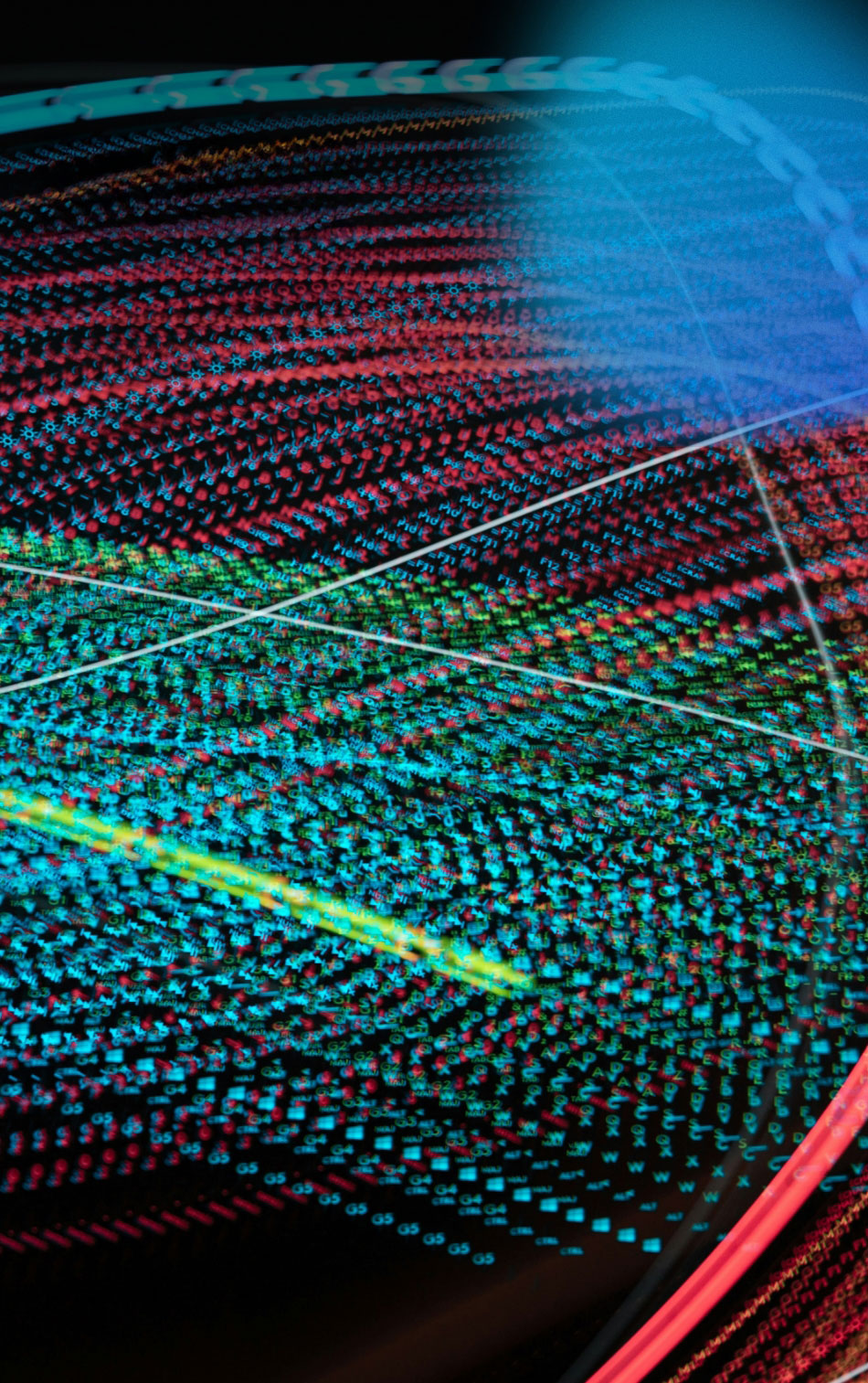In the digital era, data centres have become the leading critical infrastructures. These centres enable essential digital services, ranging from online banking to streaming platforms and social media networks.
One of the key pillars upon which a data centre is built is its operational continuity. Any interruption in power supply can lead to catastrophic consequences, including the loss of critical data, server outages, and significant financial impacts for businesses relying on these centres. This is where generator sets play a crucial role.
Generator sets for Data Centres: Resilience, continuity, and sustainability
Generator sets are the most stable and reliable power source that a data centre can rely on in the face of any fluctuations in the power grid. In recent years, these generators have evolved to address modern challenges, such as optimising fuel consumption or meeting the need for more environmentally friendly solutions. This transformation is driven by demands for efficiency and increasingly stringent environmental regulations, fostering significant innovations in the sector.
In this article, we explore the most relevant trends in the generator sets for data centres sector.
1. Integration with renewable energy sources
One of the most significant trends in generator design for data centres is their integration with renewable energy sources, such as solar and wind. The ability to utilise energy storage systems and hybrid systems combining fossil fuel generation with renewables is reshaping the landscape of data centres. These hybrid systems not only reduce carbon emissions but also lower fuel consumption and operating costs in the long term.
Leading tech companies have made advancements in renewable energy integration, using solar or wind energy for their data centres, which has allowed them to reduce operational costs and carbon emissions over time. However, they still maintain generator sets as backup systems to ensure supply stability.
A notable example is Apple’s Data Centre in Maiden, North Carolina, powered primarily by solar energy and biogas-fuelled fuel cells. While the facility relies largely on renewables to meet its energy needs, it also has backup generator sets to guarantee continuous supply in cases where renewable sources cannot meet the full demand or if there are power grid interruptions.
2. Optimisation of fuel consumption
Another trend in the sector is the optimisation of fuel consumption through the use of advanced control and monitoring technologies. Modern energy management systems allow for more precise load adjustment of generators, optimising fuel consumption. This not only improves operational efficiency but also extends equipment lifespan and reduces maintenance costs.
3. Artificial Intelligence and Machine Learning in Generator Management
The use of Artificial Intelligence (AI) and Machine Learning (ML) in generator control is another emerging trend. These technologies enable real-time data analysis and automatic adjustments to optimise generator performance and minimise fuel consumption. For instance, AI can forecast energy demand patterns and adjust equipment operations to meet this demand more efficiently.
4. Natural gas and biogas generator sets
Natural gas and biogas generator sets are gaining traction as alternatives to traditional diesel generators. These systems emit fewer greenhouse gases, making them a more sustainable option for Data Centres. Additionally, biogas, produced from organic waste, offers the added benefit of being a renewable energy source.
In short, natural gas and biogas generator sets not only reduce emissions but are also less costly operationally, as they generally require less fuel.
5. Scalability to meet data centre needs
The demand for flexibility and scalability in data centres has led to the development of modular installations, meaning facilities that can “expand” or “contract” based on energy needs, allowing for better resource management and increased efficiency.
As such, more data centres undergoing expansion are adding generator sets as their energy demands increase, rather than over-dimensioning their installations. This approach reduces initial investment and promotes a more conscious use of resources as needs grow.
6. Reduction of noise and vibrations
As Data Centres move closer to urban areas, reducing noise and vibrations has gained importance. New technologies in generator design address this issue through the use of advanced acoustic insulation materials and more sophisticated vibration damping systems. These measures not only improve the working environment in data centres but also facilitate compliance with stricter environmental regulations.
Using canopies made of composite materials that absorb sound, along with optimised exhaust systems, has allowed for a reduction in generator noise levels without compromising performance.
The future of generator sets for Data Centres: Embracing energy intelligence
The concept of “energy intelligence” is becoming a cornerstone in data centre management. This trend involves the integration of all available energy sources (including the power grid, renewables, batteries, and generator sets) into a unified and highly automated management system. This approach not only optimises energy use but also enhances the resilience and sustainability of data centres.
With such a system, it is possible to prioritise renewable energy when available and use generators only when necessary. It also helps predict energy demand based on historical patterns and adjust supply accordingly, reducing fuel consumption and emissions.
In summary, the future of data centres is linked to innovation in energy generation and management. Professionals in the sector must stay abreast of these trends and be prepared to adopt them, ensuring their facilities not only meet current demands but are also ready to face the energy challenges of tomorrow.



